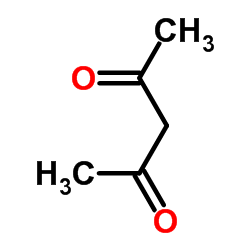| Structure | Name/CAS No. | Articles |
|---|---|---|
 |
2,4-Pentandione
CAS:123-54-6 |
|
 |
Thiocarbohydrazide
CAS:2231-57-4 |